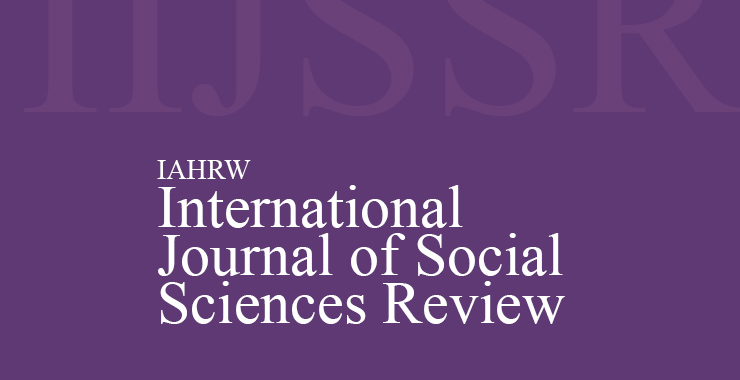Navigating Multi-alignment: India’s Engagement with QUAD and its Strategic Implications in the Indo-pacific
Original price was: ₹ 201.00.₹ 200.00Current price is: ₹ 200.00.
Page: 750-754
Harshita Singh (Amity Institute of Social Sciences University, Amity University, Noida, Uttar Pradesh)
Description
Page: 750-754
Harshita Singh (Amity Institute of Social Sciences University, Amity University, Noida, Uttar Pradesh)
India’s evolving engagement with the Quadrilateral Security Dialogue (QUAD) represents a significant shift in its foreign policy posture from the traditional doctrine of non-alignment to a more pragmatic approach of multi-alignment. This article examines how India’s strategic alignment with the United States, Japan, and Australia under the QUAD framework reflects its effort to recalibrate its position in a rapidly transforming Indo-Pacific order. Anchored in the broader context of rising Chinese assertiveness and the quest for a free, open, and rules-based regional architecture, India’s participation in the QUAD is assessed as both a response to external pressures and an assertion of its role as a regional power. The study explores the interplay between strategic autonomy and security cooperation, arguing that India’s approach to the QUAD seeks to balance its historical commitment to sovereignty and independence with the demands of a multipolar world. Through qualitative analysis of policy documents, official statements, and regional developments, this article outlines the strategic benefits, diplomatic constraints, and geopolitical risks of India’s multi-alignment strategy. Ultimately, it contends that while the QUAD offers India significant leverage in the Indo-Pacific, its success hinges on India’s ability to maintain flexibility without compromising its long-held foreign policy ethos.

